Corpse Pose: All You Need To Know About Savasana To Get The Most Out Of Your Yoga Practice
The post Corpse Pose: All You Need To Know About Savasana To Get The Most Out Of Your Yoga Practice appeared first on The Yoga Nomads.

Corpse pose, called Savasana in Sanskrit, is often described by yoga teachers as the most challenging and important pose in yoga. For a resting pose, this might seem surprising. If you are new to yoga and don’t know what to expect, you might feel confused as to why the other yoga students seem to be settling in for a short nap at the end of asana practice. However, once you learn more about this fundamental yoga pose, you’ll realize there’s much more going on than meets the eye.
Here, we’ll explore all the amazing benefits of Corpse Pose. Are you a yoga teacher frustrated about your students sneaking out before Savasana? Or maybe, you’re one of those on-the-go yoga students who feels tempted to skip out on the last crucial minutes of class?
Read on as we dive deep into Corpse pose, and all the reasons it’s worth those 10 extra minutes at the end of your asana practice!
What Is Corpse Pose?
The name Corpse Pose is derived from the Sanskrit word Savasana: sava meaning “corpse” and asana, meaning “posture.” It is a restorative yoga pose that brings the entire body into deep relaxation. You might think of Savasana as a state of “active” rest: the goal is to completely surrender to your present experience while staying fully conscious.
Typically, Savasana is practiced at the end of a yoga class. The yoga teacher might guide students through a guided meditation, or you might relax in silence, as a time for quiet introspection. Some classes might also begin with a few minutes in Savasana as a way to calm the body and mind, cultivating present-moment awareness as you prepare for the physical practice of yoga.
Benefits of Corpse Pose

Savasana is one of the most beneficial yoga poses for your entire body on multiple levels: physical, mental, and emotional. Some of the positive effects of Corpse Pose include:
Feeling relaxed and rejuvenated Reduced muscular tension Lower blood pressure Improved sleep Calmer mind, less anxiety Balanced nervous system Increased mindfulness and present-moment awarenessTo understand just how impactful Corpse Pose can be, it’s helpful to know a bit about what is going on physiologically.
Understanding Your Nervous System
Many processes that take place in your body — blood pressure regulation, digestion, focusing of the eyes, pumping of the heart, and more — are the responsibility of the autonomic nervous system. Though you are not conscious of it, your nervous system is constantly helping you maintain a state of balance among all the systems of the body, in order to keep you alive.

The sympathetic nervous system prepares the body for strenuous activity by raising your heart rate to increase flow of oxygen-rich blood to your muscles. This is also known as the “fight or flight” response. Your sympathetic nervous system is activated during times of stress, as well as during physical exercise.
Conversely, the parasympathetic nervous system is your “rest and digest” mode, which takes over during quiet times of relaxation. Your heart rate and breathing slow down as your body conserves and stores energy, bringing balance to your internal systems.
What Happens in Corpse Pose
When you allow your body time to relax in Savasana, significant physiological changes occur. One easily-measured and well-documented change is a decreased heart rate after practicing Corpse Pose.
What’s even more impressive is that this effect lasts well after you finish your yoga practice. One study showed that participants who practiced Savasana experienced lower heart rates for 35 minutes after their practice. Another similar study measuring the physical effects of Corpse Pose also showed a decrease in heart rate: a clear indication of parasympathetic nervous system activation. The study concluded that practicing Savasana could even help prevent cardiovascular issues and combat stress.
Stressed Out? Corpse Pose Could Be Your Antidote
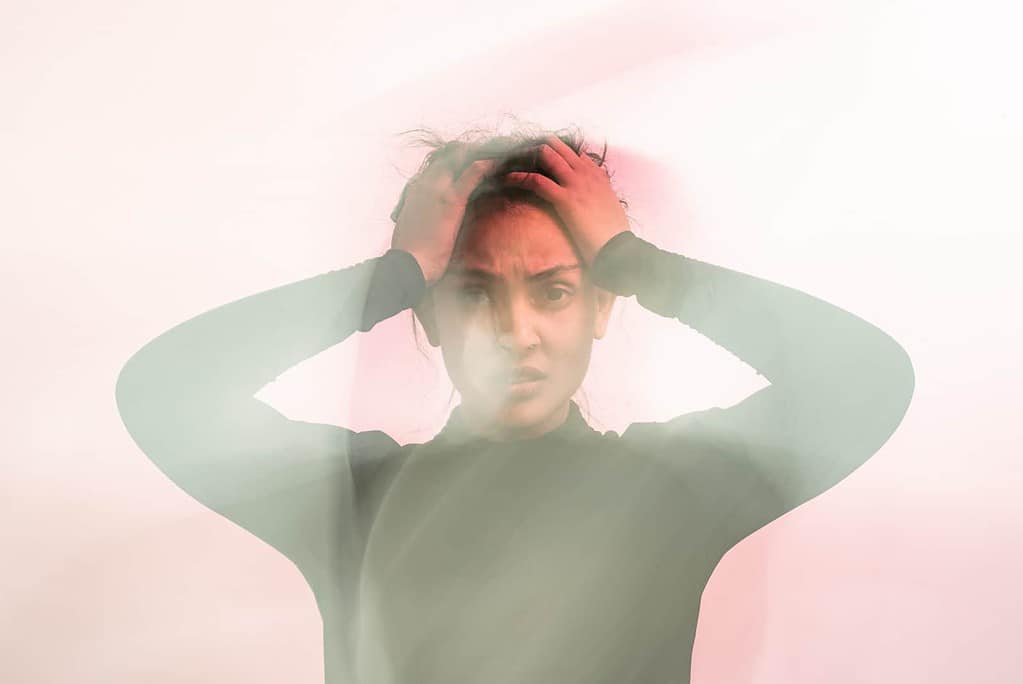
There are many reasons why people choose to practice yoga. One of the most often reported benefits of yoga is that it helps reduce stress. Time spent in Savasana plays a key role in stress reduction. Of course, there are different types of stress we can experience — physical, mental, and emotional; remarkably, practicing Corpse Pose benefits all cases.
Physical Importance
After a physically strenuous workout or intense yoga practice, your body is essentially in “fight or flight” mode. A few minutes in Corpse Pose gives you time to return to a balanced state so your body can regulate all its internal systems.
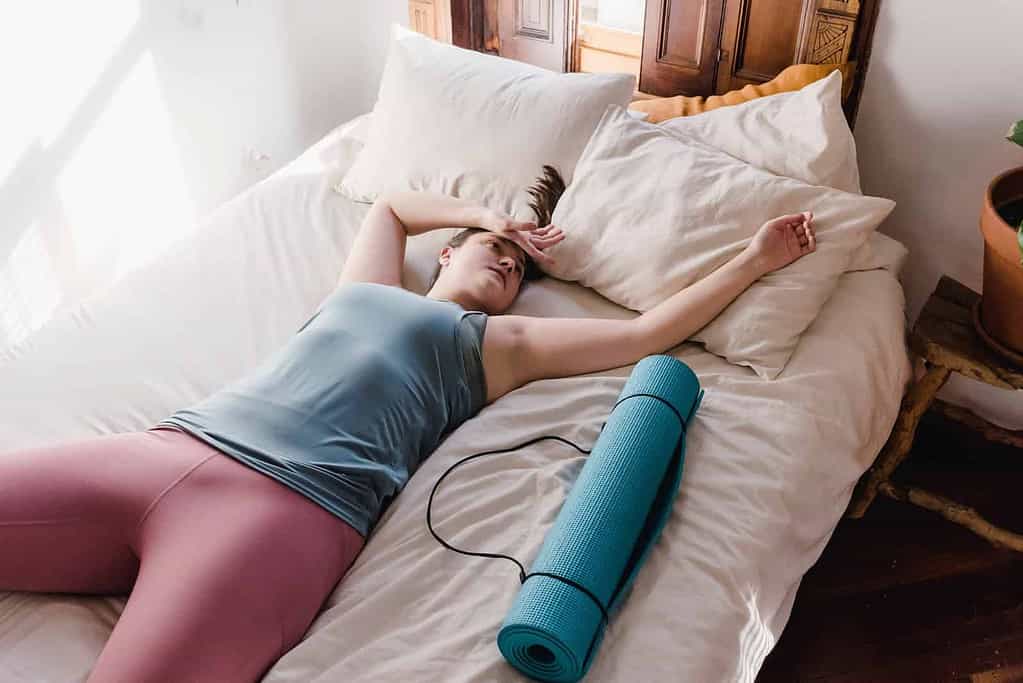
Savasana can also reduce your recovery time after a particularly intense yoga practice. One group of researchers measured heart rate and blood pressure to assess recovery time after running on a treadmill. They found that participants who practiced Corpse Pose needed far less time to return to their resting conditions, as compared to those who did another restful activity such as sitting in a chair.
Some yoga teachers might provide a guided meditation during Savasana, like a body scan or progressive muscle relaxation. This can help you release tension lingering in your body. Try it for yourself by listening to this guided meditation:
Mental and Emotional Significance

B. K. S. Iyengar, the yoga teacher often credited with bringing yoga to the West, wrote in his 1966 book Light On Yoga: “the stresses of modern civilization are a strain on the nerves for which Savasana is the best antidote.” More than half a century has passed since Iyengar spoke to the importance of this yoga pose, and it is only becoming more important as we collectively become more and more stressed.
One notable reason for our heightened stress is the tendency to avoid uncomfortable feelings, or to turn to unhealthy habits in order to cope with intense emotions. This explains why Corpse Pose proves challenging for many people: with your body at rest and your mind quiet, you have no other choice but to completely surrender to your current experience, emotions and all.
It takes practice, but Corpse Pose can help relieve you of the daily stresses you take on.
How To Do Corpse Pose (Savasana)
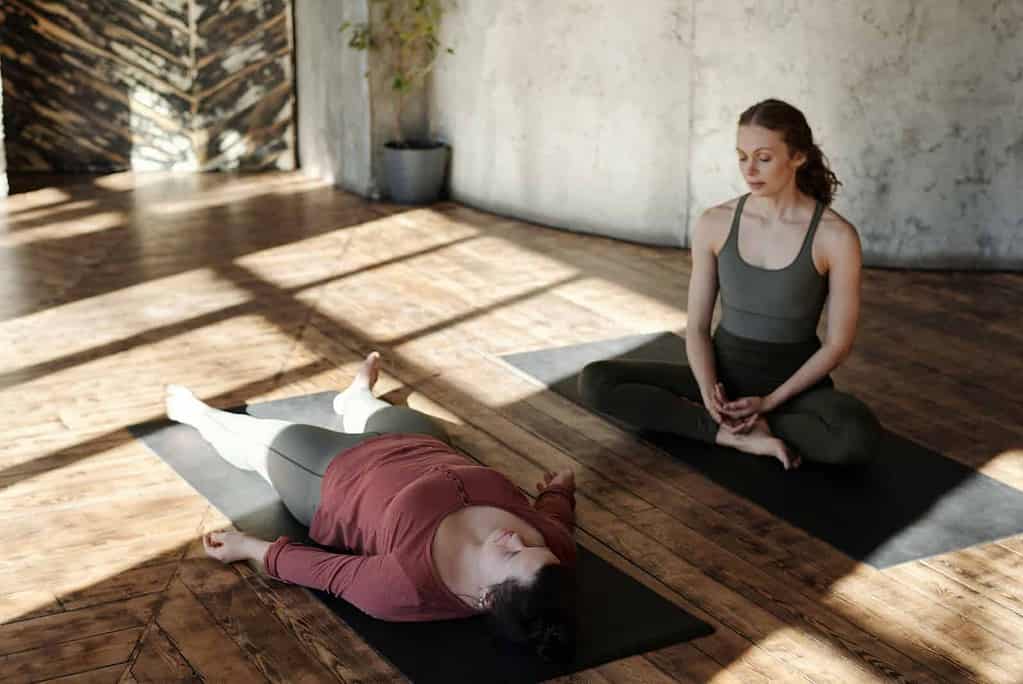
Corpse pose is usually practiced at the end of a yoga session. After your asana practice, Corpse Pose is essential to allow your body time to relax completely and absorb all the benefits of your practice. You’ve likely ended your final yoga sequence down on your mat, so follow these instructions to bring your body into this pose of final relaxation.
Lying on your back on your yoga mat, extend your legs straight. Keep your legs separated at about hip width distance. Let your legs relax completely, allowing your feet to fall open slightly. Bring your arms alongside your body, palms facing upward. Gently tuck your chin to lengthen the back of your neck and align your head with your spine. Slightly tuck your shoulder blades into your back to feel grounded. Close your eyes and bring your attention to your breath. Feel your abdomen rising and falling gently. With each breath, try to consciously release tension, gradually bringing your whole body into a completely relaxed state. Allow your body and mind to be calm and quiet, but resist the urge to fall asleep. Corpse pose should be a state of conscious rest. Remain in your Savasana for at least 10 minutes as you continue to take deep breaths. If you find your mind wanders, gently redirect your awareness back to your breath. You might even try counting a few breaths to help you focus your attention. When you are ready, bring your attention back to your physical body. Makes some gentle movements by wiggling your fingers and toes. Keeping your eyes closed, turn yourself onto one side, resting your head on your upper arm for support. Stay in this fetal position for a few moments. Finally, bring your hands to the floor and press yourself up to a seated position, in Easy Pose. Blink your eyes open and take a few deep breaths as you prepare to transition back into your day.Contraindications and Modifications
As a restorative posture, Corpse Pose is quite safe for most people. There are a few contraindications, but with simple modifications using yoga props, you can still enjoy the deep relaxation of Savasana.

Low Back Pain or Stiffness
Corpse Pose is meant to help your whole body relax, but if you have low back pain it might do just the opposite. Luckily, there is a simple solution!
Modification: Remain on your back, and place a rolled up blanket under the knees to accommodate low back stiffness.

Pregnancy
During the first trimester of pregnancy, normal Savasana lying on your back is perfectly safe. In the second and third trimesters, the weight of the growing belly in a supine position can cause hypotension.
Modification: Lay on your side with your knees bent. Place a folded blanket or pillow under your head to keep it in line with the spine. Place a folded blanket or pillow between the knees and possibly another folded blanket under the belly.
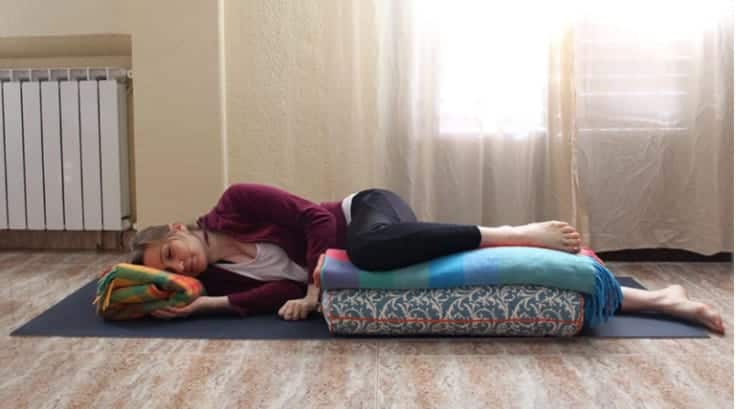
Acid Reflux or Headaches
If you have a medical condition such as acid reflux or frequent headaches, lying flat on your back might cause you discomfort.
Modification: Try practicing corpse pose with your upper body on an incline, slightly elevating your chest, shoulders, and head. Set up two yoga blocks in a “T” shape and place a bolster on top. Sit on the floor and recline back, laying your back and shoulders onto the bolster. You might also choose to use a pillow under your head.
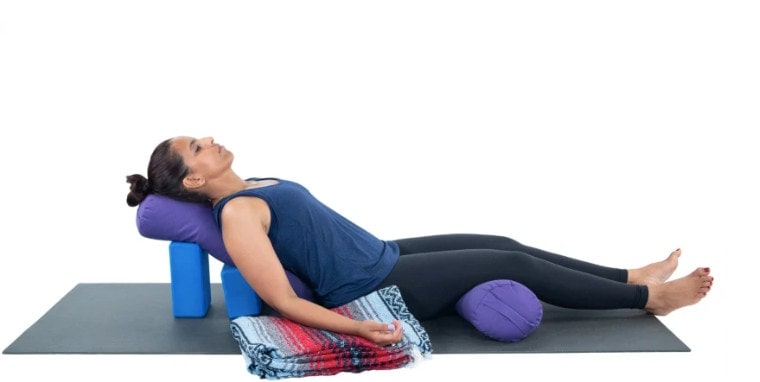
Pro Tips to Enhance Your Savasana
Using props is a wonderful way to take your final relaxation to the next level.
Folded blankets are great to have on hand and can be put to use in a couple of ways:
Use a blanket to feel more grounded – fold the blanket over your thighs Keep yourself comfortable by covering your entire body with a blanket. Especially if you’ve just completed a physically intense practice, make sure your body stays comfortable as it cools down.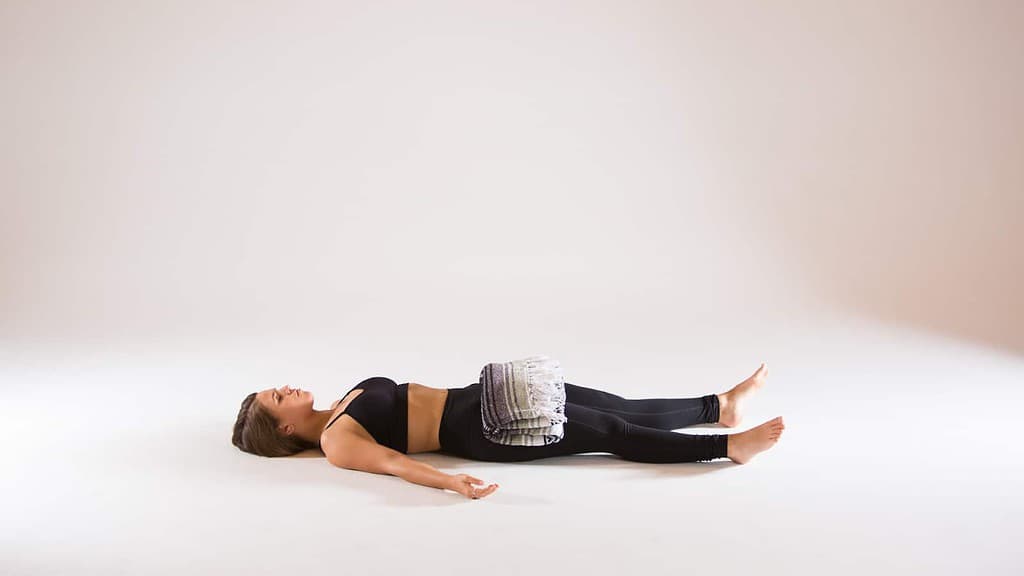
Using an eye pillow might is another tool to help you relax even deeper. Covering your vision will help drown out distractions of your surroundings.
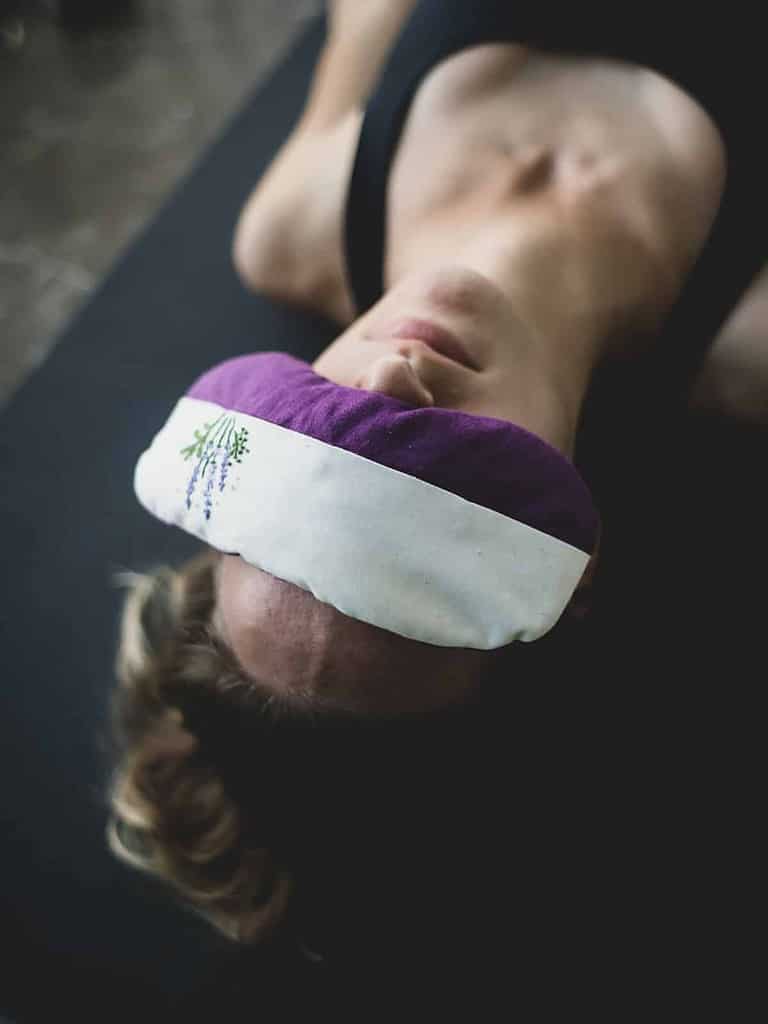
Common Corpse Pose FAQ
How long do I need to stay in Savasana?
You can stay in Corpse Pose as long as you need to relax. In fact, your whole yoga practice might consist of a couple preparatory poses and a long Savasana. However, if you are short on time, try to devote a full 10 minutes to Corpse Pose in order to let your body rest.
How do I stop my mind from wandering?
First, remember that when the mind wanders, it is completely natural. Try to not fight with your thoughts. Instead, when you notice your mind is wandering, simply notice the thought as it passes and redirect your attention back to your breath.
You might find it helpful to do a breath awareness meditation. Try counting each breath as you exhale; count up to 5 breaths, then start back at 1. This breath counting technique will give your mind something to focus on, rather than getting lost in your thoughts.
How do I keep myself from falling asleep?
Especially after an intense yoga practice, the tendency to doze off during Savasana can feel like a struggle. There are many tools you can use to help keep your senses alert. Light an incense, put on some relaxing ambient music, or listen to a guided meditation.
…Can’t I just skip it? I feel like my yoga practice is already complete.
Especially if you practice yoga at home rather than in a studio, you might be tempted to skip it. But as you’ve just learned, the benefits of just 10 minutes in Savasana are truly worth it. Try reframing the way you think about Corpse Pose — consider it a reward for making it onto your yoga mat! Whether you completed a challenging asana practice, or just made it through a hectic day, you deserve to rest, relax, and feel your best!
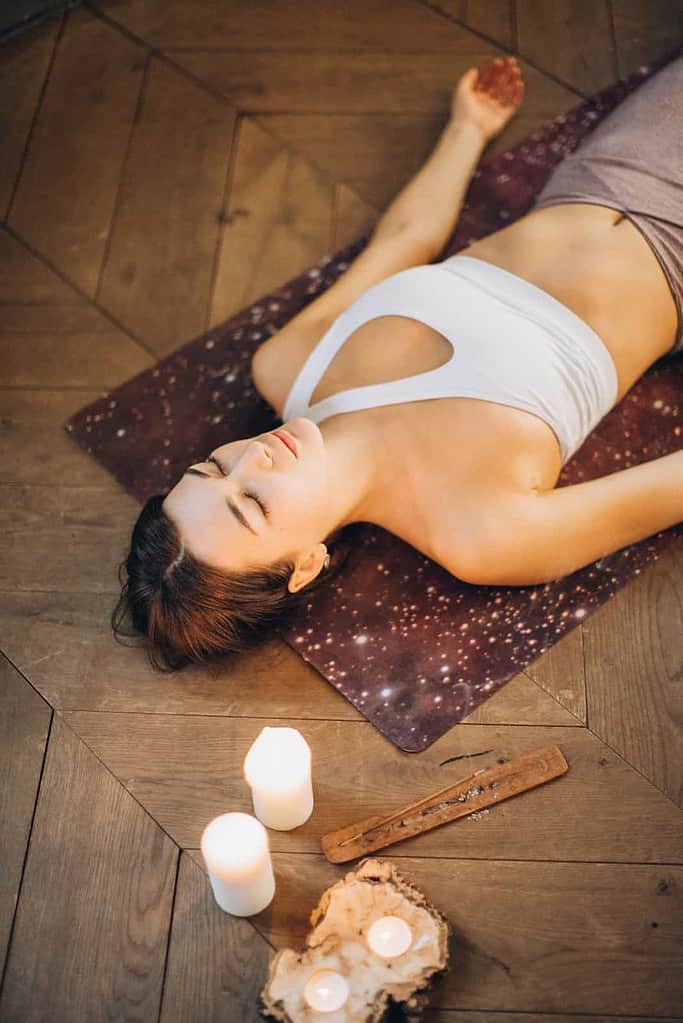

 Aliver
Aliver 







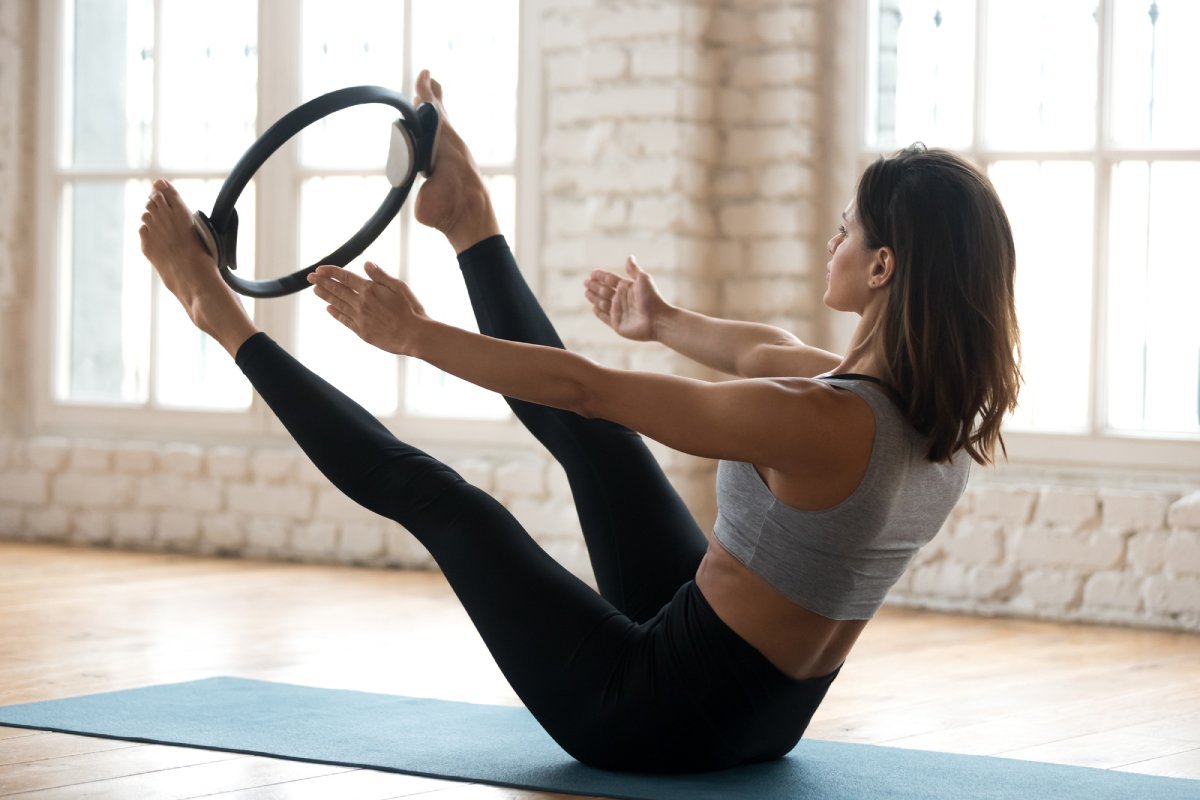
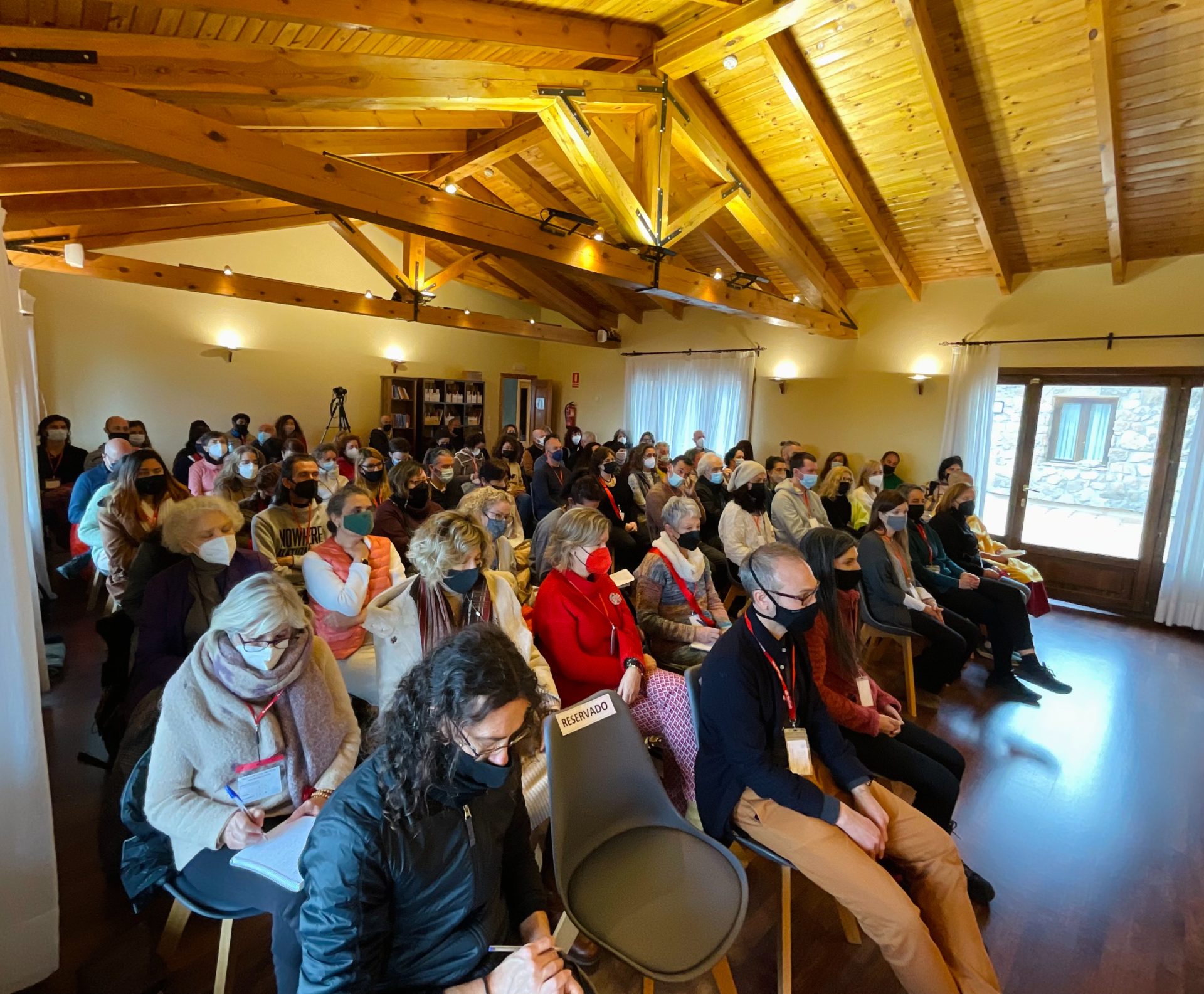

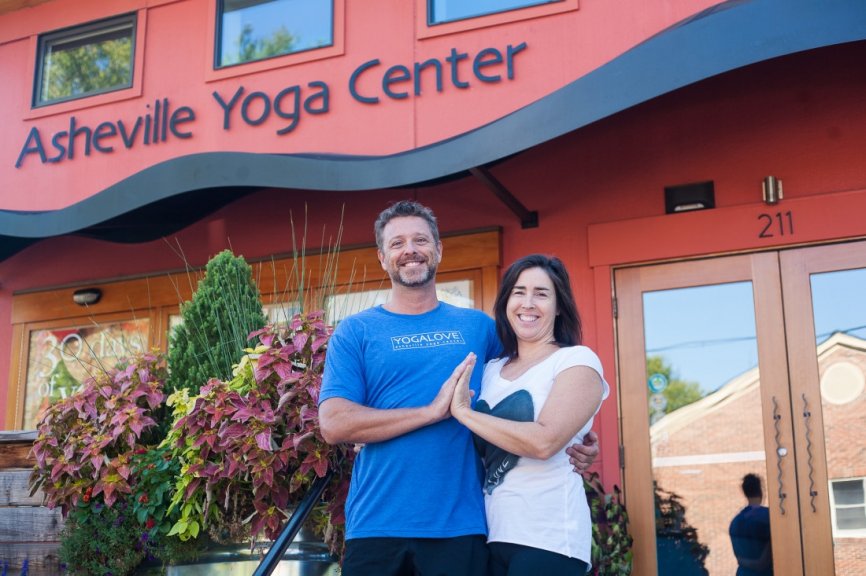
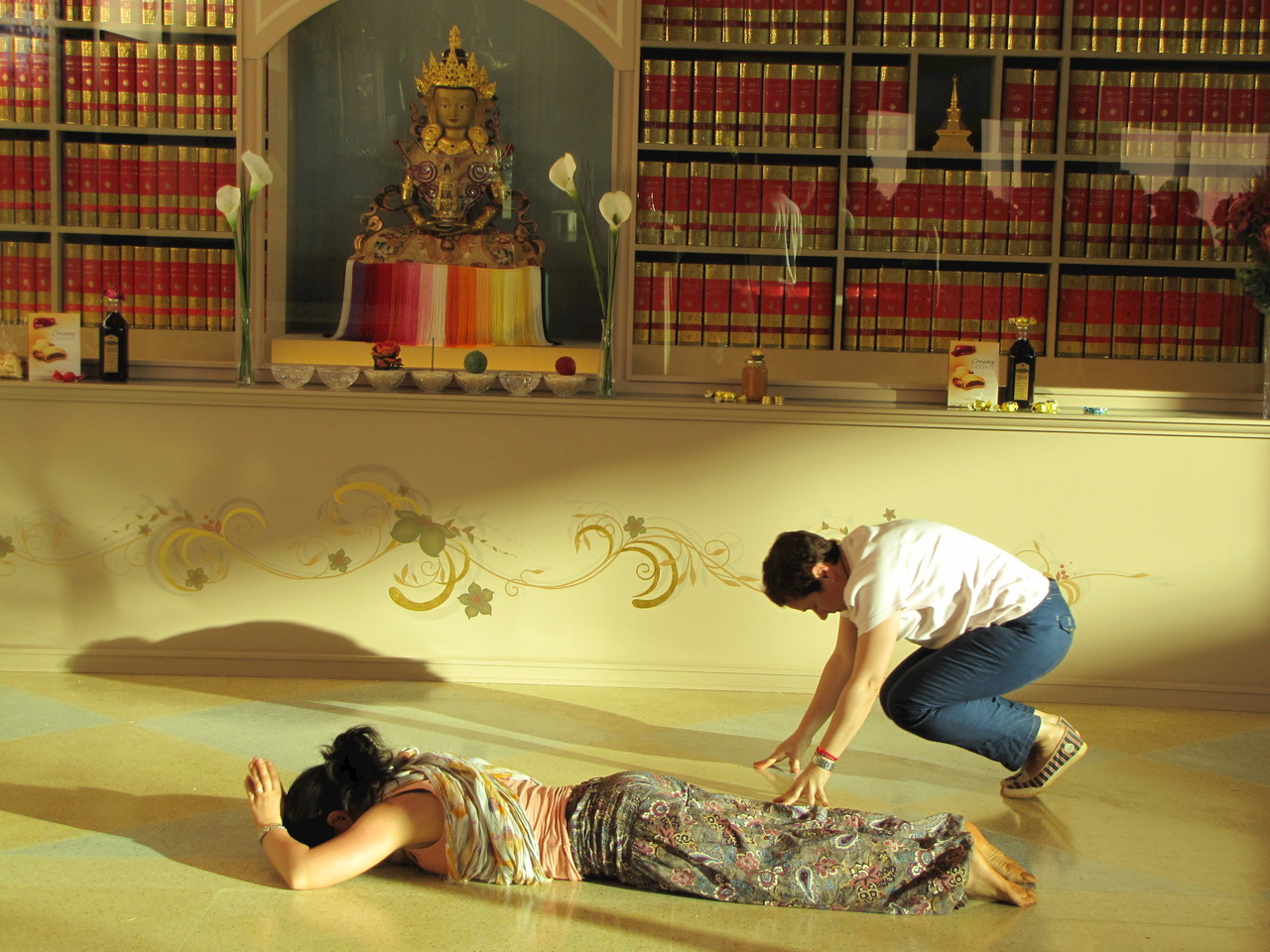

















.jpg&h=630&w=1200&q=100&v=a905e78df5&c=1)

